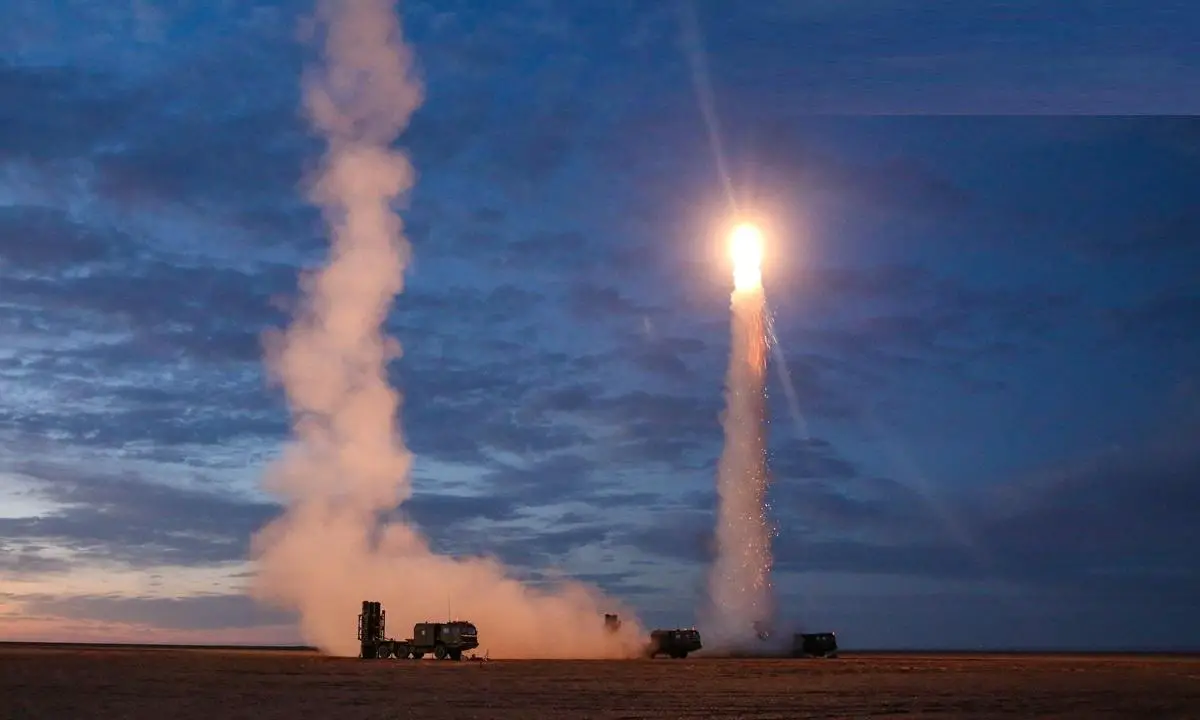China successfully conducted an anti-ballistic missile test on Sunday night, part of ongoing military efforts to enhance the country’s defensive capabilities. Anti-ballistic missile systems are meant to shield a country from potential attacks by using projectiles to intercept incoming missiles, including intercontinental ballistic missiles (ICBMs). It was a land-based mid-course missile tested within China’s borders, adding the test was defensive in nature and not targeted against any country. This marks China’s sixth known test of a land-based anti-ballistic missile, according to The country has been conducting such tests since 2010, typically holding them every few years.
According to state state-run media Global Times China last launched an anti-ballistic missile test in February 2021. These efforts aim to tackle short-range, medium-range and long-range missiles; so far, China has developed the HQ-9 and HQ-19 missile defense systems for the first two, and has not yet publicly announced the development of a system that can intercept longer-range and intercontinental ballistic missiles. It’s unclear which system was tested on Sunday, as Chinese officials didn’t release any further information. It looks similar to the “hit-to-kill” missiles the US has been using, he added, referring to technology that allows the interceptor to hit and completely destroy incoming threats.
The test comes amid rising tensions in the region, with a recent spate of missile tests from North Korea including short-range ballistic missiles and a presumed ICBM. South Korean and US officials have also warned that renewed activity at North Korea’s nuclear test site suggests the country could conduct a nuclear test any day — its first since 2017. In 2016, when South Korea announced it would deploy the US-built THAAD system, it sparked a year-long diplomatic feud with China, which argued the missile defense system would jeopardize its own national security.
THAAD is designed to shoot down short, medium and intermediate ballistic missiles and is used by the US military to protect units in places like Guam and Hawaii.
Gauging by the size of the closed airspace, it could have been the HQ-19, similar to the US’ Terminal High Altitude Area Defense (THAAD) system, or a different new mid-course system. The HQ-9 (Hóng Qí-9; Red Banner-9) is a long-range semi-active radar homing (SARH) surface-to-air missile (SAM) developed by the People’s Republic of China. The HQ-9 is a derivative of the Russian S-300. the missile as a “hybrid design based on a Russian SA-20 but with radar, seeker head and C2 elements heavily influenced by American and Israeli technology. HQ-19 is an anti-ballistic missile variant, reportedly designed to counter ballistic missiles that have a range of between 1000 and 3000 km. It targets ballistic missiles in their midcourse and terminal phases, and is comparable to the US THAAD.















